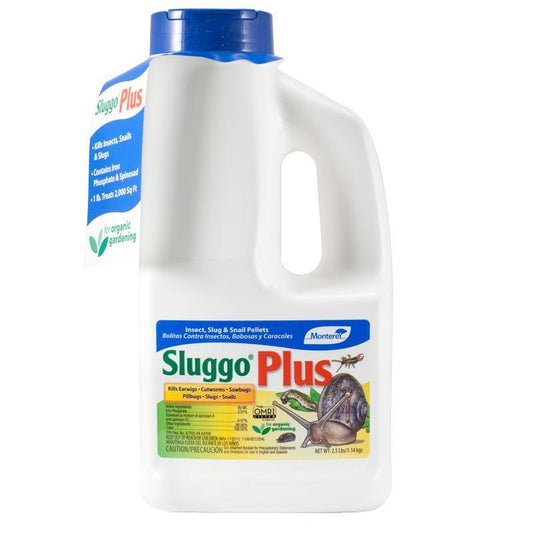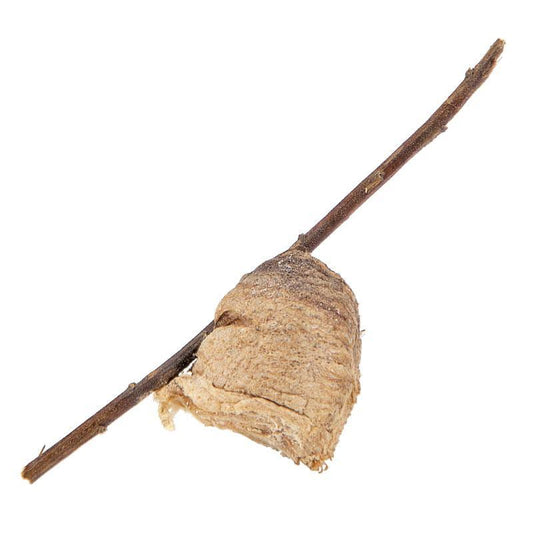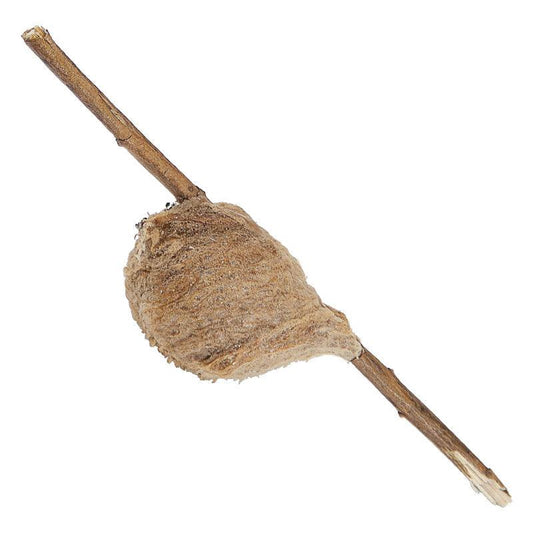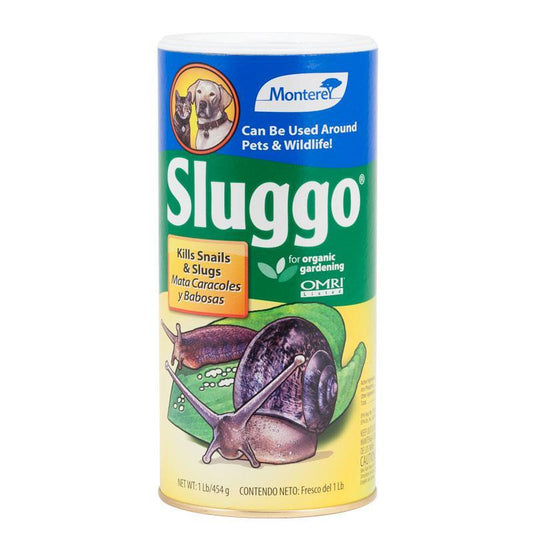Slugs are a gardener’s nemesis, capable of destroying plants overnight. There’s no single solution for getting rid of these slimy pests, but with a combination of Integrated Pest Management (IPM) techniques, you can effectively protect your garden. Organic slug control involves cultural, mechanical, and chemical methods—all practical strategies that can turn your garden into a slug-free zone.
And yes, some of these methods might involve patrolling your garden in your bathrobe at night! Here’s how to tackle slugs the organic way.

Monitor on Night Patrol
One of the best ways to understand your slug problem is to monitor your garden after dark. Slugs are nocturnal creatures, most active when the sun goes down.
- Nighttime Patrols: Grab a flashlight or strap on a headlamp, and head into your garden at night. Look for slugs crawling on plants or soil surfaces.
- Silvery Trails: During the day, inspect your garden for the silvery mucus trails slugs leave behind. These trails reveal where they’ve been feeding.
- Backyard Chickens: If you have chickens, involve them in the process. Slugs are a tasty and protein-rich snack for chickens, helping to reduce your slug population naturally.
Remove the Welcome Mat
Slugs thrive in moist, dark hiding spots. Eliminating their favorite hiding places is a crucial step in organic slug control:
- Clear Debris: Remove scraps of wood, cardboard, and other debris where slugs might seek shelter.
- Weed Regularly: Keep your garden weed-free, as weeds create shaded areas that slugs love.
- Remove Dense Groundcovers: Ivy and other thick groundcovers are ideal slug habitats—and they often harbor rats as well. Pull these out to discourage pests.
Install Drip Irrigation
Moist soil is a slug’s paradise, and overhead watering creates the perfect conditions for their activities. Switching to drip irrigation helps keep the surface soil dry, making your garden less inviting to slugs.
- Why It Works: Drip irrigation delivers water directly to plant roots, minimizing surface moisture that attracts slugs.
- Bonus Benefits: Drip irrigation also conserves water and reduces the risk of fungal diseases caused by excessive moisture.

Use Rough Textures and Slug-Resistant Plants
Slugs rely on their slimy foot to move, so rough surfaces can slow them down or stop them entirely. Similarly, planting slug-resistant plants can make your garden less appealing to these pests.
- Rough Barriers: Sprinkle rough materials like shredded cedar bark, cocoa shells, or diatomaceous earth (Safer Ant & Crawling Insect Killer) around vulnerable plants. These sharp or abrasive materials deter slugs.
- Slug-Resistant Plants: Grow plants that slugs avoid, such as rosemary, lavender, California poppies, and nasturtiums. These plants’ textures and scents are unappealing to slugs.
Deploy Slug Traps
Slug traps are an effective way to catch slugs in your garden. These traps can be simple or elaborate, depending on your preference:
- Wood or Cardboard Traps: Place a smooth piece of wood or cardboard in your garden. Slugs will hide underneath it during the day. Flip it over every few days to remove the slugs.
- Copper Barriers: Install copper wire or tape around your garden beds. The copper reacts with slug mucus, causing a mild electrical shock that deters them.
- Slug Fences: Create a miniature “slug fence” using window screen material. Sink one edge into the soil and leave the other edge 4 inches above ground. Slug mucus seeps through the mesh, making it difficult for slugs to climb.
Use Pet-Safe Baits and Traps
If you need to kill slugs, choose organic slug control products that won’t harm pets or wildlife.
- Iron Phosphate Baits: Scatter iron phosphate granules, such as Sluggo granules or the other Sluggo products -- all are labeled for slug control., around your garden. These products kill slugs without posing a threat to pets or other animals.
- Beer Traps: Fill shallow dishes with beer and place them around your garden. The yeast in the beer attracts slugs, and they drown in the liquid. While effective, beer traps need frequent refilling.
Combine Multiple Techniques
No single method will completely eliminate slugs from your garden. To achieve the best results, use a combination of organic slug control techniques:
- Night Patrol: Regularly monitor your garden after dark and hand-pick any slugs you find.
- Create Rough Barriers: Use diatomaceous earth or shredded bark around plants.
- Switch to Drip Irrigation: Keep surface soil dry to discourage slugs.
- Install Traps and Barriers: Deploy copper wire, beer traps, or slug fences.
- Use Organic Baits: Apply iron phosphate products like Sluggo for targeted slug control.
Why Organic Slug Control Matters
Choosing organic pest control methods helps maintain a balanced ecosystem in your garden. Slugs are part of the natural food web, and their predators—such as birds, frogs, and ground beetles—rely on them as a food source. By avoiding harsh chemical pesticides, you protect these beneficial creatures while managing your slug problem.
Tips for Success
- Be Consistent: Regularly monitor and maintain your garden to prevent slugs from gaining a foothold.
- Adjust for Weather: Slugs are most active during wet or humid conditions. Increase your efforts after rain.
- Protect Seedlings: Young plants are especially vulnerable to slugs. Focus your control measures on areas with seedlings.
- Rotate Methods: If one technique seems less effective over time, try another. Slugs may adapt to certain barriers or baits.
Strap on Your Headlamp
Slugs are persistent pests, but with a strategic approach, you can keep their population under control. From nighttime patrols to installing copper barriers, organic slug control methods are practical, effective, and environmentally friendly.
Tonight, grab your flashlight or headlamp, and start implementing these techniques. By combining cultural, mechanical, and organic chemical controls, you’ll protect your plants and create a healthier garden ecosystem.
🌿 Resource Area
Use Companion Plants for Pest Resistance
Add natural pest-deterring plants to your brew garden for stronger, healthier crops:
- Chives as a Natural Slug Repellent – Explains how aromatic herbs like chives help protect your garden from pests including slugs.
- Wine & Beer Making Supplies – Build your companion planting plan with ingredients that double as brewing crops and pest deterrents.
Custom Hand Tool Handles
Learn to build comfortable, long-lasting handles to enhance your garden tools:
- Crafting the Perfect Handle for Your Stirrup Hoe – Step-by-step guide to cutting and shaping custom hardwood handles.
- Weed Knives & Tools Collection – Shop long-handled weeders, hori-hori knives, and replacement blades built for intensive hand weeding jobs.







